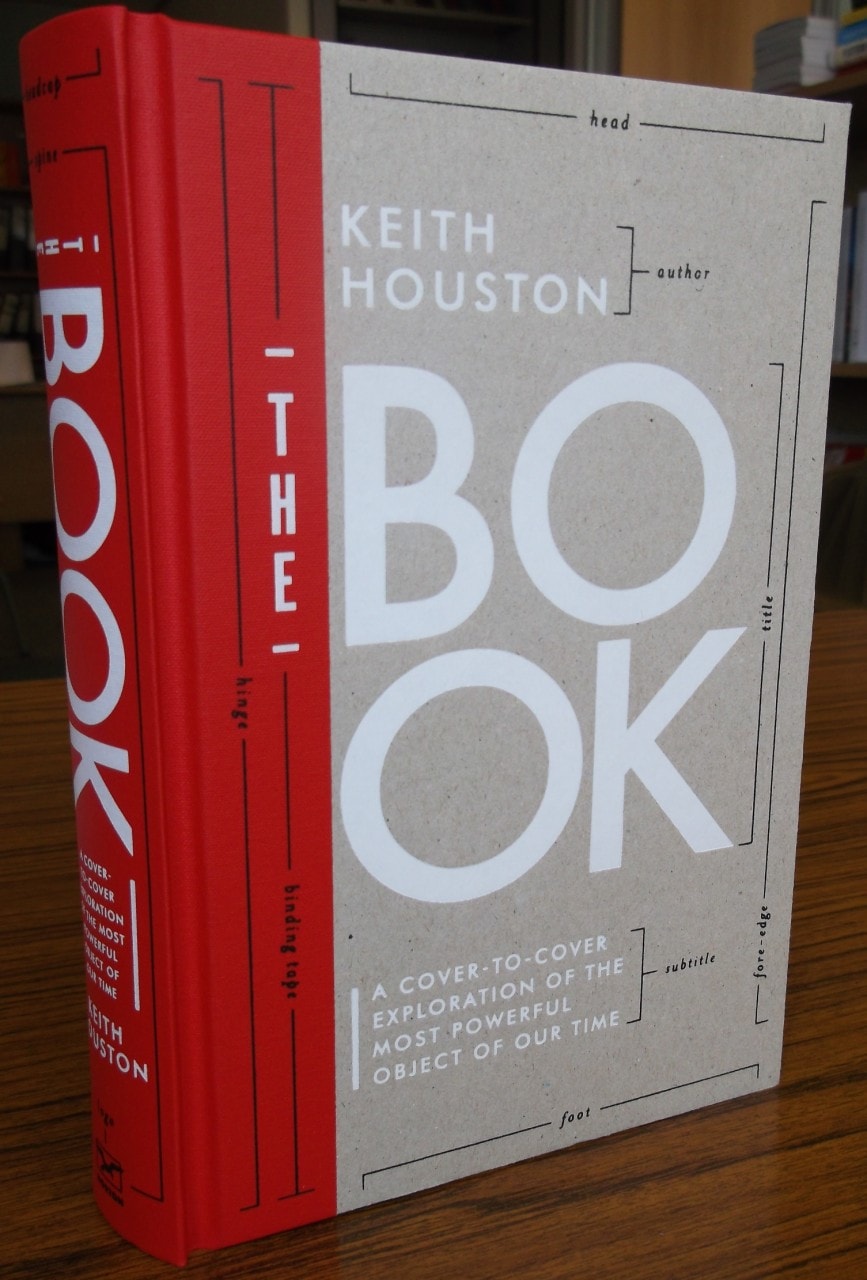I’ve been a fan of John Boardley’s blog, I Love Typography, since I first started learning about typography and symbols back in 2009. As such, I’m very happy to say that John recently published an extract from The Book at ILT.
The extract comes from chapter 9 of The Book, entitled “The Prints and the Pauper”, and which recounts the rise and fall of Johannes Gutenberg, the originator of movable type in the West. It’s a well-worn story — Gutenberg is one of the best-known inventors in Western history — but it’s also one that is often left only half-told. Specifically, Gutenberg was not the first person to invent movable type; in fact, he may not even have “invented” it at all, at least in the strictest sense of the word. But that’s enough from me — head over to ILT to learn more, and grab a copy of The Book for the full story!
Many thanks to John for publishing an extract from The Book — if you’re at all interested in typography or books, you owe it to yourself to check out I Love Typography. And speaking of typography, while you’re there, be sure take a good look at the gorgeous typewriter-inspired typeface in which the title, captions and accompanying text are set. It’s called Operator, and it’s a new release from Hoefler & Co. I covet it already.
